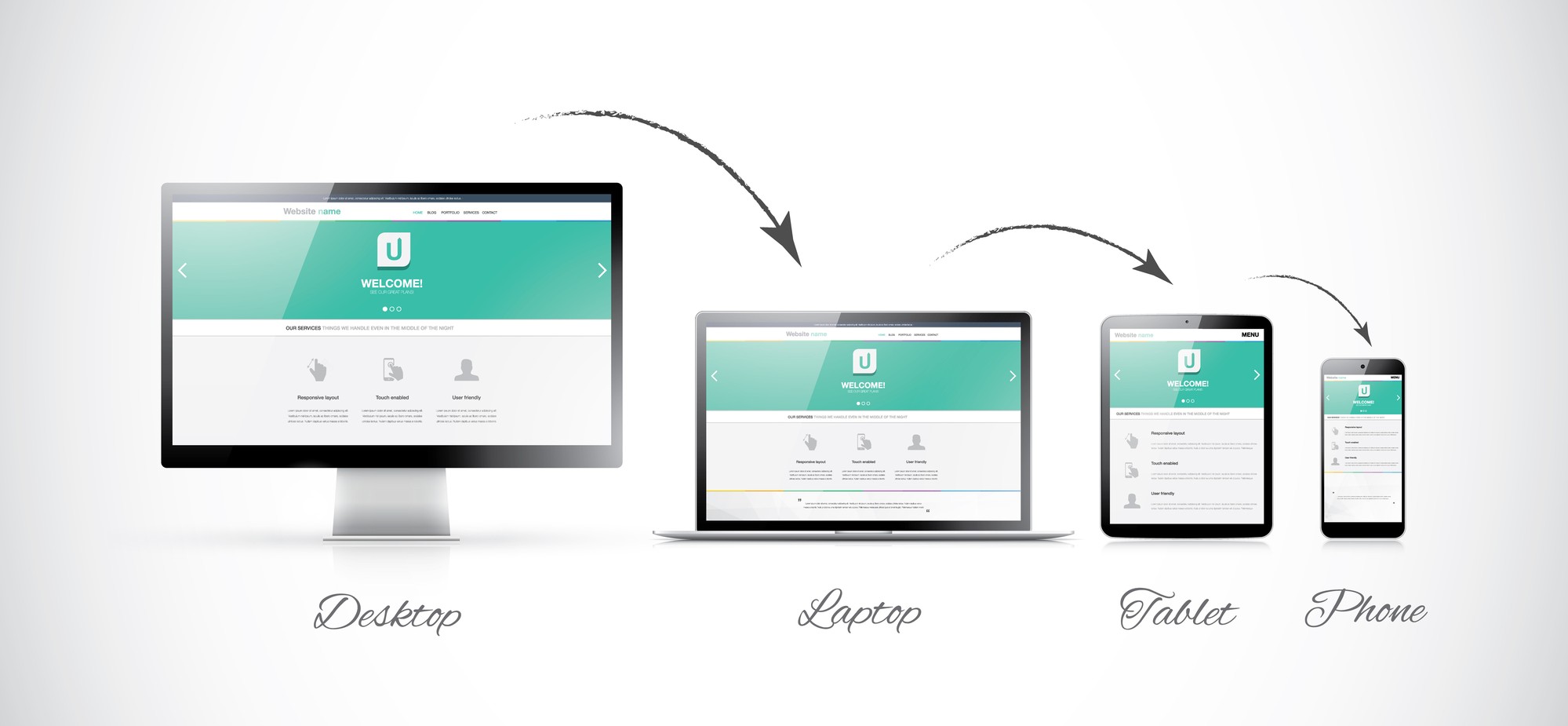UI Design & UX Design: Critical Mistakes You Must Avoid
In today’s digital landscape, you’ve likely encountered the terms UI design and UX design repeatedly, but what do they actually mean? As businesses increasingly prioritize their digital presence, understanding these concepts has become crucial for success. Let’s break down these often-confused terms and explore why they’re essential for your business’s digital strategy.
What is UI Design?
UI design, or User Interface design, focuses on the visual elements and interactive components that users encounter when interacting with your digital products. Think of UI design as the “look and feel” of your website or application. It encompasses everything from button styles and color schemes to typography and layout arrangements.
A skilled User Interface Design professional ensures that:
- Visual elements are aesthetically pleasing and consistent
- Interactive elements are clearly visible and intuitive
- Brand identity is maintained throughout the interface
- Information is presented in a clear, organized manner
✅Examples of Good UI Design in Websites
• Clear Navigation Hierarchy: Websites that implement a logical menu structure with clear categories and subcategories make it easy for users to find what they’re looking for. For instance, an e-commerce site that organizes products into intuitive categories with visible search functionality demonstrates excellent web design principles.
• Consistent Visual Elements: Successful design maintains consistency in button styles, color schemes, and typography throughout the website. Take modern banking websites as an example, where action buttons like “Transfer” or “Pay” maintain the same style and color across all pages, creating a cohesive visual experience.
• Responsive Design Elements: Well-executed UI design ensures that all visual elements adapt seamlessly across different screen sizes. Leading news websites often showcase this by transforming their complex desktop layouts into clean, readable mobile versions without losing brand identity or functionality.
• Effective Use of White Space: Professional websites that utilize appropriate spacing between elements help users focus on important content. Think of how premium brand websites use generous white space around product images and text to create an elegant, uncluttered appearance.
❌Examples of Bad UI Design in Websites
• Cluttered Layouts: Websites that overwhelm users with too many elements competing for attention create a poor user experience. For instance, some small business websites make the mistake of cramming too many services, pop-ups, and calls-to-action onto their homepage.
• Inconsistent Design Patterns: Sites that use different button styles, varying font sizes, or mismatched color schemes across pages confuse users and appear unprofessional. This is often seen in websites that have been updated piecemeal without maintaining design consistency.
• Poor Color Contrast: Websites that use color combinations that make text difficult to read, such as light gray text on a white background, create accessibility issues and frustrate users trying to consume content.
• Complicated Forms: Sites that present users with lengthy, poorly designed forms without clear instructions or error messages demonstrate bad UI design. This is particularly problematic in e-commerce checkout processes or contact forms.
What is UX Design?
UX design, or User Experience design, takes a broader approach by focusing on the entire journey a user takes when interacting with your product. While UI design concerns itself with visual appeal, UX design ensures that the entire experience is smooth, intuitive, and valuable for the user.
Key aspects of User Experience Design include:
- Understanding user behavior and preferences
- Creating logical navigation flows
- Ensuring accessibility for all users
- Solving user problems effectively
✅Examples of Good UX Design in Websites
• Intuitive User Flow: Exceptional design guides users naturally through the desired journey. For example, leading e-commerce platforms create seamless paths from product discovery to purchase, with clear progress indicators and minimal steps.
• Smart Search Functionality: Websites with well-implemented search features that offer autocomplete suggestions, filter options, and relevant results demonstrate good design by helping users find information quickly and efficiently.
• Helpful Error Handling: Sites that provide clear, friendly error messages and suggest solutions when something goes wrong show thoughtful UX design. Password reset processes that guide users step-by-step exemplify this approach.
• Performance Optimization: Websites that load quickly and maintain smooth interactions across all devices prioritize user experience. Content streaming platforms often excel at this by optimizing media delivery based on user devices and connection speeds.
❌Examples of Bad UX Design in Websites
• Complicated Registration Processes: Websites that force users to create accounts before they can view basic information or require excessive personal details during sign-up create unnecessary friction in the user experience.
• Hidden Contact Information: Sites that make it difficult to find essential contact details or support information force users to hunt for basic information, creating frustration and potential loss of business.
• Broken User Flows: Websites with dead-end pages, broken links, or circular navigation patterns that leave users stranded demonstrate poor UX design planning and implementation.
• Slow Load Times: Sites that don’t optimize their images and media files, resulting in long loading times, show a lack of consideration for user experience. This is particularly problematic for mobile users or those with slower internet connections.
The Connection Between Both
While User Interface Design and User Experience Design are distinct disciplines, they work hand in hand to create successful digital products. Think of it this way: UX design is like planning the layout of a house – ensuring that the flow between rooms makes sense and that everything is functional. UI design, on the other hand, is like interior decorating – making sure each room looks beautiful and that all the elements work together visually.
In today’s competitive digital landscape, having both strong web design is non-negotiable. Here’s why:
- Improved Customer Satisfaction: When users enjoy both the look (UI design) and functionality (UX design) of your digital presence, they’re more likely to become loyal customers.
- Increased Conversion Rates: Thoughtful and professional web design can significantly improve your conversion rates.
- Reduced Customer Support Issues: When both designs are executed well, users can navigate your digital platforms with minimal assistance.
- Enhanced Brand Reputation: Professional web design demonstrates your commitment to quality and user satisfaction.
Common Mistakes
Understanding what not to do is just as important as knowing best practices. Here are some common pitfalls:
- Prioritizing aesthetics over functionality (poor UX design)
- Implementing inconsistent design elements (weak UI design)
- Failing to consider user feedback in both design decisions
- Not testing designs across different devices and platforms
Conclusion
Understanding UI design and UX design is crucial for any business looking to build a results-driven website. Ready to elevate your digital presence with professional website services? Partner with Xtreme Websites® to create engaging, user-friendly digital experiences that drive results. Our team of expert web designers can help transform your digital presence into a powerful business asset.
Related Posts
The 7 Phases of a Professional Web Design Process
The 7 phases of web design process that can make or break your website. Learn the proven methodology behind successful...
Responsive Design: Ultimate Guide to Transform Your Website
Transform your website with responsive design best practices. From mobile optimization to testing tools, discover everything your website needs to...








